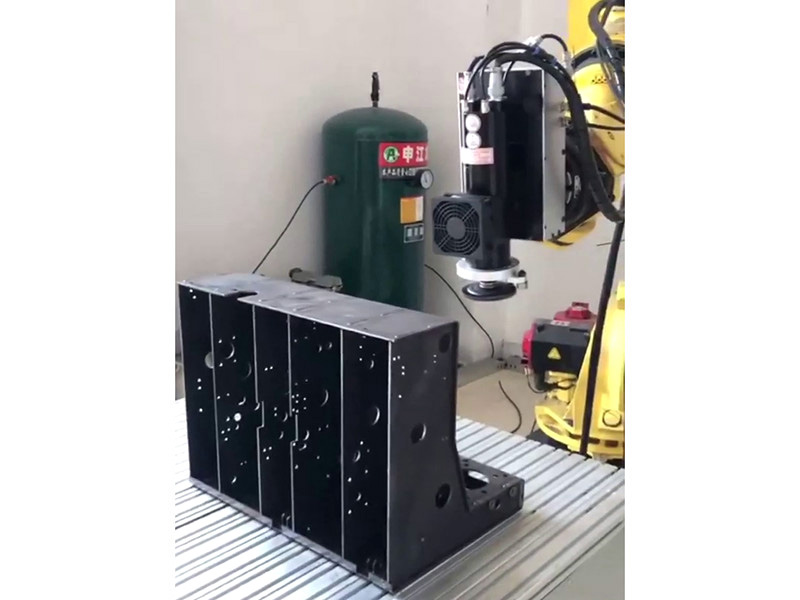With the rapid development of industrial automation technology, robot welding equipment has become one of the core equipment in modern manufacturing. With its high - precision and high - efficiency welding capabilities, it has significantly improved production quality and stability, and is widely used in multiple fields such as automobile manufacturing, aerospace, rail transit, and household appliance manufacturing.
I. Main Classification of Robot Welding Equipment
1. Classification by Welding Process
- Spot Welding Robot: Specialized in connecting thin - sheet metals, it fixes the welding points through pressurization and instantaneous high temperature, and is especially suitable for automobile body welding. For example, a single automobile body usually requires 3000 - 5000 welding points to be completed, and robots can achieve efficient mass production.
- Arc Welding Robot: Using an electric arc as a heat source, it is suitable for welding complex curves of materials such as steel and aluminum alloy, and is commonly found in heavy industry, pipeline manufacturing, and metal structural part processing.
- Laser Welding Robot: It uses a high - energy laser beam for precision welding, with a small heat - affected zone and beautiful welds, and is suitable for high - precision fields such as electronic components and medical devices.
- Resistance Welding Robot: It melts metals by passing electricity through electrodes and is mostly used in household appliance manufacturing and thin - sheet welding.
2. Classification by Mechanical Structure
- Articulated Robot: It has a six - degree - of - freedom mechanical arm, high flexibility, and can complete complex welding tasks at multiple angles. It is the most widely used structural type at present.
- Cantilever Robot: Suitable for welding scenarios with large - area coverage, such as large metal structural parts.
- Vertical Robot: It has a compact volume and is suitable for vertical welding scenarios with limited space.
II. Core Application Fields
1. Automobile Manufacturing: Robot welding undertakes core tasks such as automobile body welding and assembly of parts, significantly improving the efficiency and consistency of the assembly line.
2. Aerospace: The welding of high - precision components such as aircraft fuselages and engines needs to meet strict standards, and robot technology can ensure flawless welds.
3. Rail Transit: High - strength welding is required for high - speed train carriages and rail equipment, and robot operations can ensure durability and safety.
4. Household Appliance and 3C Industries: The welding of metal casings of products such as refrigerators and mobile phones is gradually shifting towards automation, meeting both efficiency and appearance requirements.
